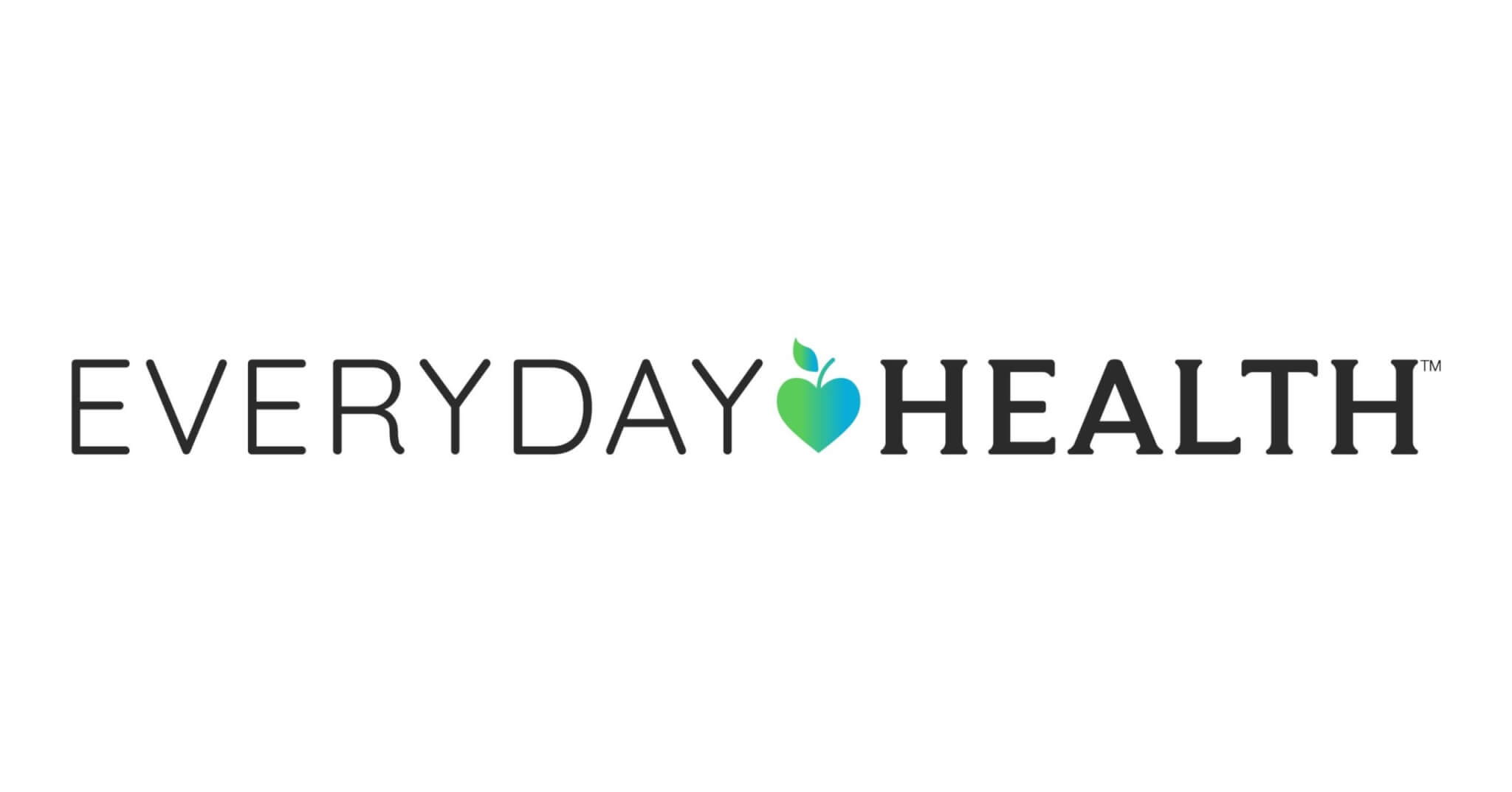Read Full Article HereIn medicine, needle fatigue is defined as a waning commitment to continue with prescribed injectable treatment primarily resulting from poor tolerability. Not to be confused with filler fatigue – the negative result of getting too many dermal filler injections over time – needle fatigue happens in aesthetics too. It is attributed to the discomfort or irritation caused by repeated injections, from neurotoxin, threads and other needle-based aesthetic treatments. Whether it is an aversion to needles or unnatural-looking results, experts agree: there are solutions.
Unnatural = Unhappy
According to a 2024 survey conducted by the American Academy of Facial and Plastic Reconstructive Surgery (AAFPRS), when considering a procedure, 24% of respondents reported their patients’ biggest fear is looking unnatural. “More than a few” unhappy patients have sought solutions with dermatologist Jacqueline Watchmaker, MD, of Southwest Skin Specialists in Scottsdale, Ariz., because of dissatisfaction with injectable results. “I have especially in the past year seen a shift in patient preference toward more of a multi-modality approach to aging and think social media has helped with that,” she shared.
Combine and Customize
These experienced aesthetic physicians say it is not the fillers that are causing the fatigue or fear. Rather, it is the way they are used and overused.
Relying less on injectables alone and more on combination approaches is what works for Dr. Watchmaker. Her go-to devices for anti-aging combinations include the nonablative fractional lasers, such as the Clear + Brilliant® (Solta Medical), Fraxel® (Solta Medical), LaseMD (Lutronic) or MOXI™ (Sciton). “These never make people look weird or abnormal. They help skin quality, pigmentation and can help with fine lines,” Dr. Watchmaker stated. She also uses more aggressive lasers – ablative CO2 and Erbium – for significant help to fine lines around the mouth and eyes. Despite the increased downtime associated with ablative lasers, results keep many patients from needing more and more filler.
Dr. Watchmaker, who moderated a session on combination treatments with injectables and energy-based devices at the 2024 annual meeting of the American Society for Laser Medicine and Surgery (ASLMS), said women in their 50s often are concerned with volume loss of the mid and lower face. “On average, I use only one to two syringes of filler to build up some of the lost volume per session. I like to gradually build volume rather than use four to six syringes in one visit. I also like to use a little bit of a neuromodulator, like Botox, around the mouth – especially around the chin to help prevent that orange peel texture. Sometimes I use it in the upper cutaneous lips to help prevent the constant contraction that forms an etched-in line above the lip,” Dr. Watchmaker remarked.
Then, to resurface the lines and wrinkles that have accumulated, especially if patients can tolerate some downtime, Dr. Watchmaker recommends using the CO2 or erbium laser to stimulate collagen and smooth out and reduce lines around the mouth. “I do think a combination of a little Botox, a little laser and a little filler gives a beautiful and natural result,” she concluded.
Besting Needle Fatigue: Are Energy-Based Treatments the Answer?
December 10, 2024








